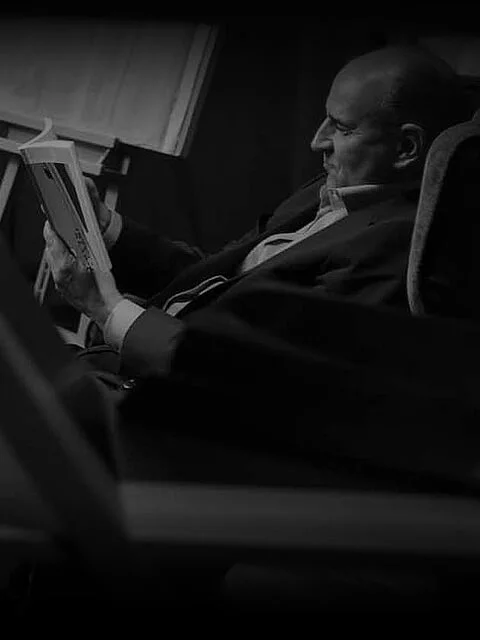Overview: In addition to internal factors such as motivation, maturity, and leadership abilities, external factors also shape leadership skills. External factors that impact leadership are the work environment, the organizational culture, the available resources, and the employees.
External Factors That Define Leadership
The external factors with a defining impact on leadership are numerous and diverse, depending on the type of activity the organization performs. In healthcare, state-mandated regulations shape the leadership coaching and training requirements of low-level personnel. In other organizations, factors like technology, available resources, and economic and social factors play bigger roles.
The Work Environment
Every organization has a specific work environment that reflects the influences of past and current leaders, together with the values and goals of the company. This unique environment defines how the organization relates to customers, staff, investors, and community.
Together, these factors define the everyday operations of a company and how it handles business. By extension, they also define the leadership the company and employees need to meet goals and objectives in alignment with the organizational values.
Intelligent leaders must recognize the requirements the work environment places on them and adapt their leadership accordingly.
Available Resources
To accomplish a job, one needs resources such as tools, materials, etc. The available employee pool, financial and physical resources, and technology create opportunities and set boundaries. These opportunities and boundaries define how leaders should approach leadership.
Employees
Among the resources of an organization, employees take center stage. From the perspective of an organization, two factors define employees: the tasks and responsibilities they can undertake in relationships with others.
Intelligent leaders recognize their employees are individuals with specific capabilities, attitudes, and personal values. These variables shape the effectiveness of an employee in any given role. They define the work ethic of the individual.
Slipping into different roles in the organization may create friction and conflicts for employees and leaders. Navigating these hurdles and pitfalls requires specific leadership approaches leaders must recognize.
From one generation to another, employees present very different needs and wants, challenging leaders to keep up with changes. Young people entering the workforce are more socially aware and willing to act on their convictions, for example. Managing such a workforce requires radical adjustments to the leadership paradigm.
The Organizational Culture
Like the culture of a nation, the culture of a company comprises the sum of its knowledge, traditions, rules, rituals, customs, and ways of accomplishing tasks. Like the former, it’s difficult, yet not impossible, to alter.
Executive coaching helps leaders find ways to actively shape the cultures of their organizations, infusing these cultures with values that help them deal with challenges. The existing organizational culture impacts a leader’s job, as does the culture a leader is trying to create.
Technology
With its disruptive quirks, technology can exert dramatic pressure on a business environment, and it can do so quickly. The business environment is the factor with the most significant impact on leadership requirements.
Leadership is a complex activity encompassing a wide selection of abilities closely intertwined with scores of internal and external factors that define its existence. In addition to the internal factors that shape leadership skills, leadership styles also depend on the material realities surrounding leaders and their followers.
Effective leadership cannot exist without accounting for these realities. An organization is a collection of concepts, visions, values, and goals that define its personality. Leadership must align with the personality of the company or unsustainable friction will occur.

Adapting to technology is a matter of survival for organizations. As technological advancement accelerates, the pressure on leaders increases.
Demographic Challenges
With increasing social awareness across client demographics, leaders find themselves hard-pressed to adapt to the shifting political and economic movements that shape marketplaces.
The purpose of a leader is to keep an organization competitive. To achieve this, leaders must adapt their leadership to a plethora of continuously shifting external leadership factors, the collection of which define the right leadership approach for the given time and place.


